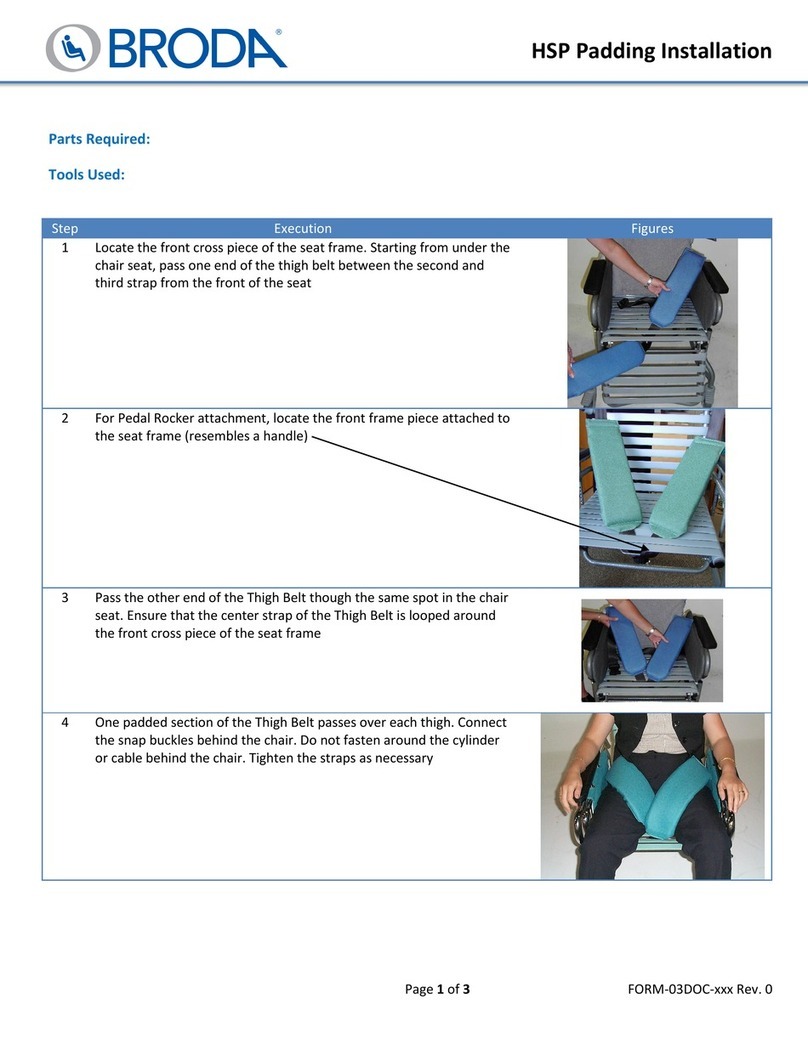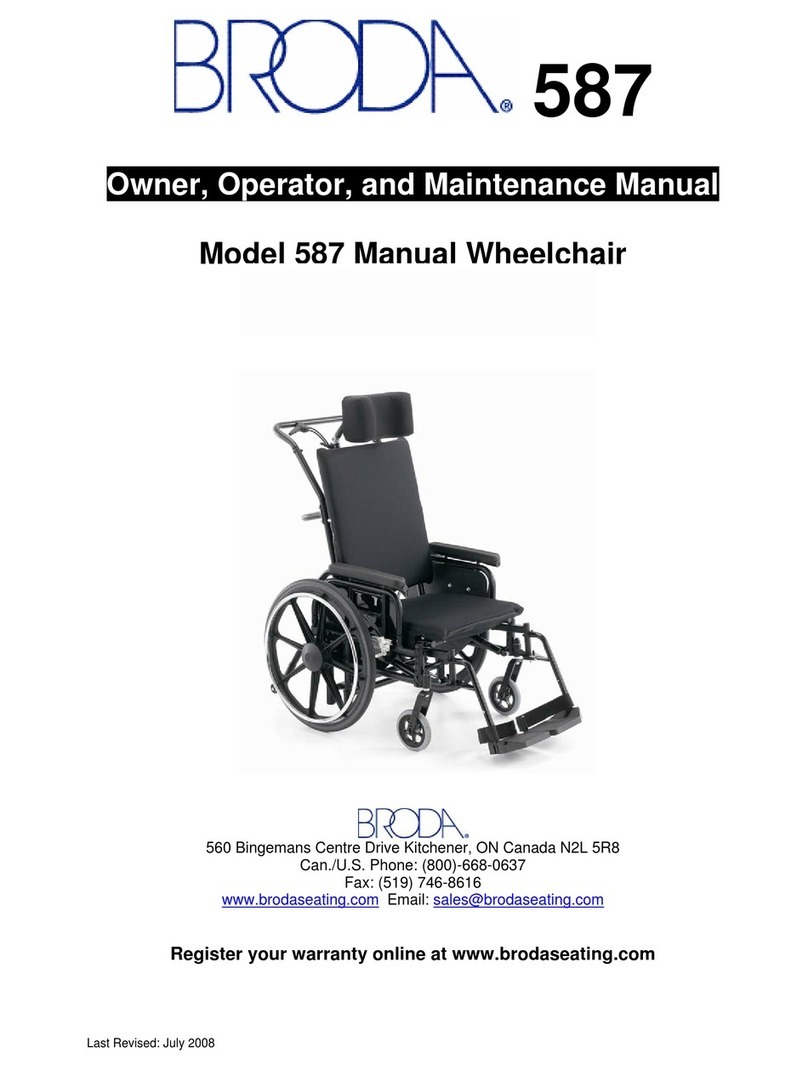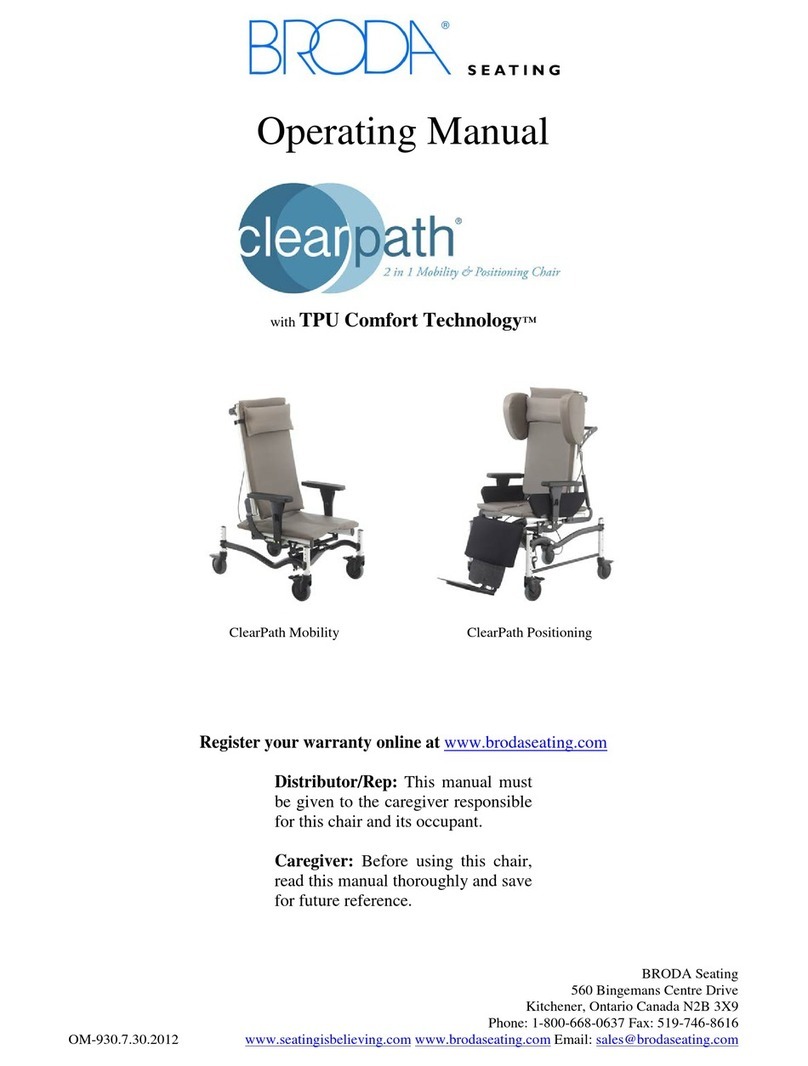
ii
Contents
FOREWORD.................................................................................................................................................................1
GENERAL INFORMATION........................................................................................................................................2
1DEFINITIONS ......................................................................................................................................................3
2SAFETY REQUIREMENTS ................................................................................................................................4
2.1 Training........................................................................................................................................................4
2.2 Application...................................................................................................................................................4
2.3 Shipping and Storage ...................................................................................................................................4
2.4 Pre-Service Check........................................................................................................................................5
2.5 Hazards ........................................................................................................................................................5
2.5.1 Position of Chair - “Danger of Falling” ...................................................................................................5
2.5.2 Position of Seat Tilt - “Danger of Tipping” .............................................................................................5
2.5.3 Location of Chair - “Danger of Tipping or Falling Objects”...................................................................5
2.5.4 Total Lock Wheel Brakes - “Danger of Falling” .....................................................................................5
2.5.5 Re-Positioning of Resident - “Danger of Clamping”...............................................................................6
2.5.6 Unintended Movement - “Danger of Falling or Collision”......................................................................6
2.5.7 Resident Clothing - “Risk of Injury to Resident’s Skin” .........................................................................6
2.5.8 Improper Restraint Use - “Risk of Serious Injury” ..................................................................................6
2.6 Improper Use................................................................................................................................................7
2.7 Cleaning.......................................................................................................................................................7
2.8 Maintenance.................................................................................................................................................8
2.9 Resident Specific Instructions....................................................................................................................10
3OPERATION AND MOVEMENT.....................................................................................................................11
3.1 Seat Tilt......................................................................................................................................................11
3.2 Back Recline ..............................................................................................................................................11
3.3 Trendelenburg............................................................................................................................................11
3.4 Elevating Leg Rest.....................................................................................................................................12
3.5 Flip Down Footrest ....................................................................................................................................12
3.6 Removable Wings......................................................................................................................................13
3.7 Shoulder Bolsters .......................................................................................................................................13
3.8 Swing Away/Removable Arms..................................................................................................................14
3.9 Height Adjustable Armrests.......................................................................................................................14
3.10 Casters........................................................................................................................................................15
3.11 Accessories (Options) ................................................................................................................................15
4INSPECTION AND FUNCTIONAL TESTING ................................................................................................15
4.1 Inspection...................................................................................................................................................15
4.2 Functional Testing......................................................................................................................................16
5TECHNICAL INFORMATION..........................................................................................................................17
5.1 Specifications.............................................................................................................................................17
5.2 BRODA Seating Synthesis Parts Schematic Drawing ...............................................................................18
6COMMON TROUBLESHOOTING AND REPAIR ..........................................................................................20
6.1 Troubleshooting for Gas Cylinders............................................................................................................34
6.2 Rear Casters ...............................................................................................................................................35
7WARRANTY......................................................................................................................................................36







































